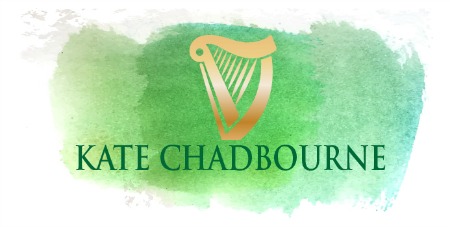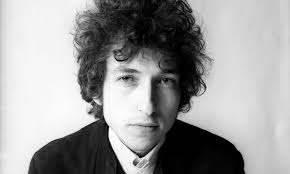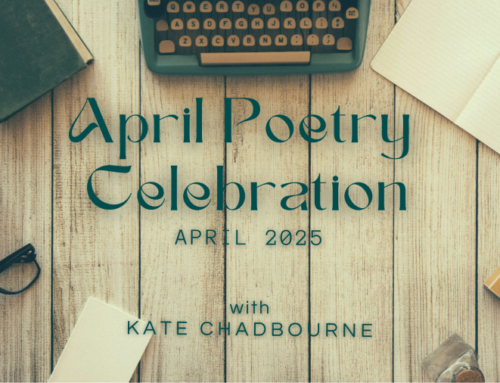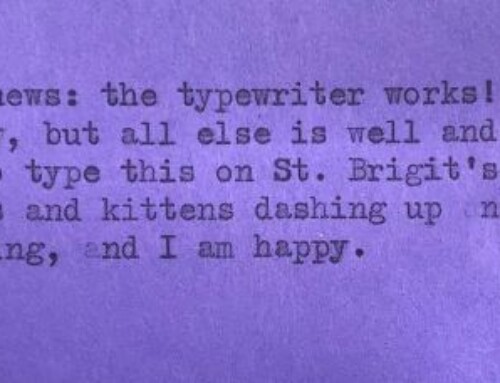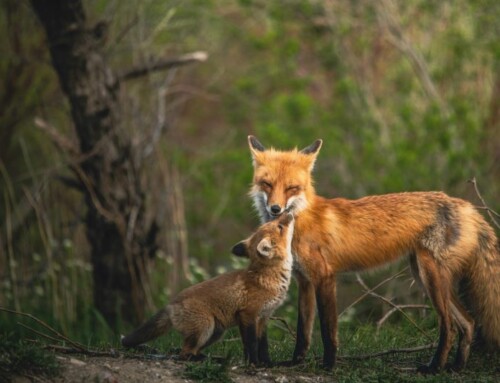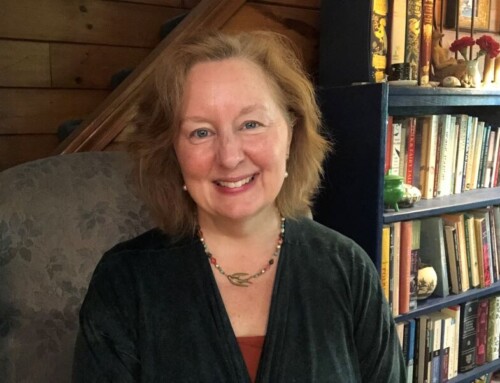I heard someone on the radio yesterday who sounded a lot like Bob Dylan.*
I don’t know if this singer consciously intended to sound like him or if it is just one of those accidents of nature, so I’m not casting aspersions. All the same, it got me thinking about imitation and so-called “sure-bet formulas” as a strategy for creating a hit.
There are a lot of reasons to imitate. Someone has cleared the path for you, scouted ahead, and set up a camp. The enterprise seems safer somehow and there are at least a few guarantees: if you do this (write/sing/paint/dance like X), you’ll create a reasonable facsimile of art. And many artists – including this one – spend an apprenticeship imitating the great ones who bushwhacked and revealed a new aspect of the craft. Among poets, who didn’t experiment with the ee cummings punctuation at least once? There’s no dishonor in trying out the tested tools. We can learn a lot by walking in the shoes of the mighty.
But if we stop there, we have not brought one essential ingredient to the table: our own animating genius. If we stop there, the stuff we make is nice or even good, but somehow it just doesn’t take flight. It might be played on the radio or published or displayed because it is recognizable as having attained a certain standard, but it will probably be known as “a lot like X,” with X being the originator of the sound, technique, or style. The shorthand reference will be, for instance, “that guy who sounds like Dylan.”
Making a real mark requires some magical collusion of the deeply personal (the artist) and the societal (a million factors that are impossible to pin down but which include politics, popular culture, the environment, shared ideas, gender, artistic ideals, fears, money, media, and much more).
That’s why the vast majority of those boy and girl bands put together by record company execs never make it past the mall. For one thing, it’s a formula from another time and ethos, and for another, the four good-looking teens have not yet developed that deep need that drives artistic expression and creates something new that catches the eye or ear or heart. (And just to be clear: that doesn’t mean they won’t in time – only that the factors for their selection in this “formula” had more to do with hair color and straight teeth than with creative passion or practice).
When he came on the scene, Bob Dylan offered a fresh and startling voice (both physical and lyrical) AND he was in tune with certain aspects of his place and time in history, and that meant that his work resonated and carried beyond himself. He might not become famous today because the societal factors in that combination are so different; even the way artists become famous is very different today. If we look at great artists of the last several decades, I think the same could be said of each of them. It’s that mix of personal and societal that ignited them; change that, and the spark might never happen.
So where does all that bring us?
Back to the heart, of course.
Imitation is a head-game. Creating according to a “sure-bet formula” is a head-game. These are clever strategies and they do sometimes gain a little traction, but ultimately they create neither art nor fame nor success. More importantly, they don’t answer the deep need to create something from our essence, which is to say – from the heart.
The heart offers no guarantees of safety, success, fame, money, recognition. To return to my camping metaphor, our own heart in art-making is wild, uncharted country. There are devouring animals there, and there are stars no one has ever seen. There is peace and danger, sweetness and bitterness. Beyond a certain preliminary point, no one can serve as your guide there and you must walk alone.
At the same time though, we don’t have to live our artistic lives alone.
In fact, the sweet spot where imitation becomes emulation is located in genuine admiration of our current, creative company. When we love and emulate the ideals and passion we perceive in another person, their social engagement or their courage, their authenticity or their fierceness, rather than imitating their style and posture, we move from head to heart. Only there can we make something real that has the possibility of spark and ignition.
There’s no formula for artistic achievement or success, but I can say this for sure:
Love turns us into artists who sound exactly like ourselves.
Be true to your heart, my friends!
*I want to make it very clear that I’m not an expert on Bob Dylan or his music. But if you had to choose one absolutely unmistakable AND imitated voice, surely his is near the top of the list. 🙂
